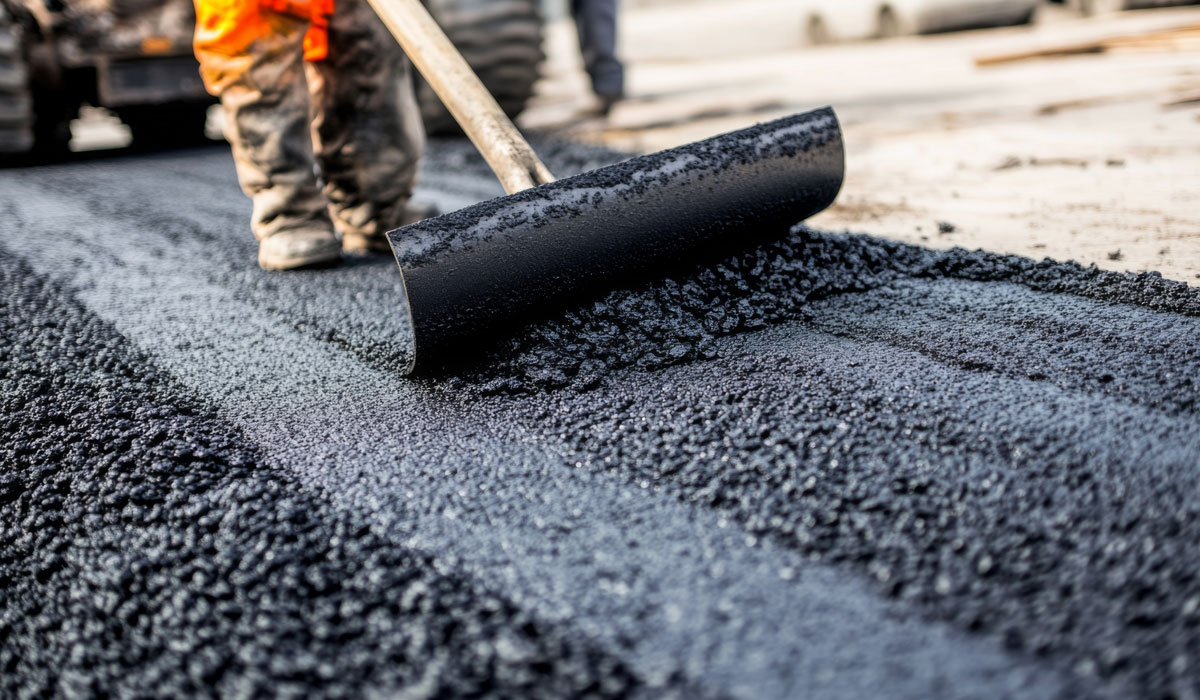Penetration vs Viscosity

Difference Between Bitumen Grades: Penetration vs Viscosity
Bitumen, a crucial material in the construction of roads and pavements, is classified into different grades based on its properties. Two of the most widely used grading systems are Penetration Grade and Viscosity Grade bitumen. Understanding these differences is essential for selecting the right bitumen for specific climates and applications.
1. What is Penetration Grade Bitumen?
Penetration Grade Bitumen is classified based on its hardness or softness, determined through a penetration test. This test measures how deeply a standard needle penetrates the bitumen sample under specified conditions (temperature, load, and time). The result, in tenths of a millimeter, defines the grade.
Common Grades & Climate Suitability:
- 80/100: Softer grade, ideal for colder climates, where flexibility is crucial to resist cracking due to low temperatures.
- 60/70: Medium hardness, suited for moderate climates, balancing flexibility and durability.
- 40/50: Harder grade, best for hotter climates and heavy traffic conditions, as it resists softening under high temperatures.
- Typical Uses: Road construction and asphalt pavements, selected based on climate to ensure pavement longevity.
What is Viscosity Grade Bitumen?
Viscosity Grade Bitumen is classified based on its viscosity, reflecting the resistance to flow under heat. This provides a more accurate measure of bitumen performance, especially at high temperatures.
- Grades: VG10, VG20, VG30, and VG40, with VG30 being the most common for road works.
- Typical Uses:Widely used in hot climates, where higher viscosity helps prevent rutting and bleeding, maintaining pavement integrity under intense heat.
Choosing the Right Grade When selecting bitumen, consider:
Oxidized (Blown) Bitumen
Use 80/100 in cold regions to ensure flexibility and prevent cracking.
60/70 in moderate climates for balanced performance.
40/50 in hot climates to withstand high temperatures without deforming.
60/70 in moderate climates for balanced performance.
40/50 in hot climates to withstand high temperatures without deforming.
Application Type & Traffic Load:
Heavy traffic and hot regions benefit from harder grades or viscosity graded bitumen like VG30/VG40.
Feature-Based Comparison: Penetration Grade vs. Viscosity Grade Bitumen
Penetration Grade
Test Method
- Measures needle penetration depth
Climate Suitability
- Softer grades (80/100) for cold climates, harder grades (40/50) for hot climates
Accuracy
- Good for general hardness/flexibility
Common Applications
- Roads selected by local climate needs
Viscosity Grade
Test Method
- Measures flow resistance under heat
Climate Suitability
- Designed for hot climates to control deformation
Accuracy
- Better at predicting high-temp performance
Common Applications
- Roads in hot regions needing high stability
Penetration Grade
Test Method
- Measures needle penetration depth
Climate Suitability
- Softer grades (80/100) for cold climates, harder grades (40/50) for hot climates
Accuracy
- Good for general hardness/flexibility
Common Applications
- Roads selected by local climate needs
Viscosity Grade
Test Method
- Measures flow resistance under heat
Climate Suitability
- Designed for hot climates to control deformation
Accuracy
- Better at predicting high-temp performance
Common Applications
- Roads in hot regions needing high stability
If you’re looking for the right bitumen grade for your project, contact us today to get a quote and learn more about our high-quality bitumen products.


